

To get the best experience for our site, we recommend you upgrade to the latest version of Internet Explorer, or select another web browser, a list of the most popular web browsers can be found below
You can download the main browser here:
 Position :
Home>
News & Tutorial
>Products
Position :
Home>
News & Tutorial
>Products
Date: 2022-10-28 14:10:00
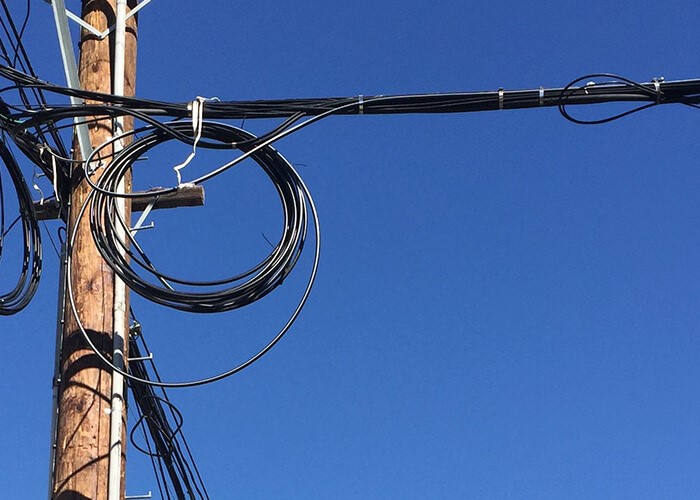

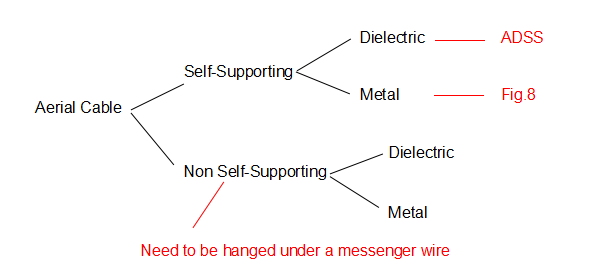

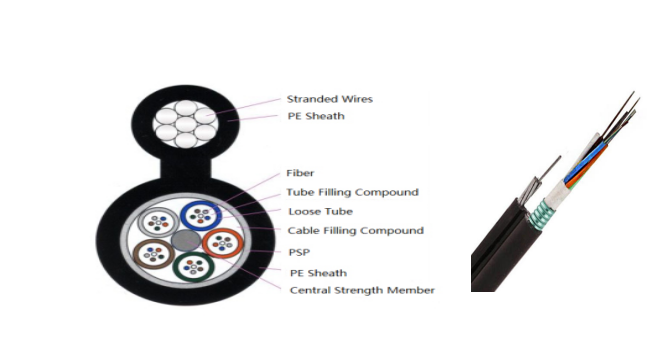
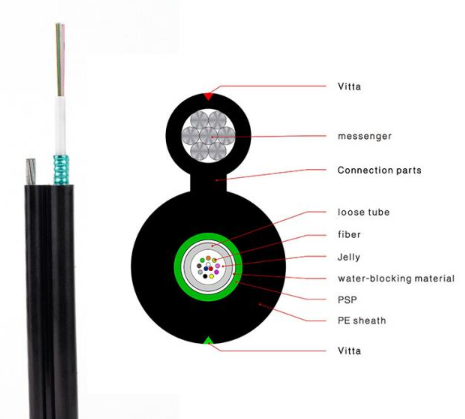
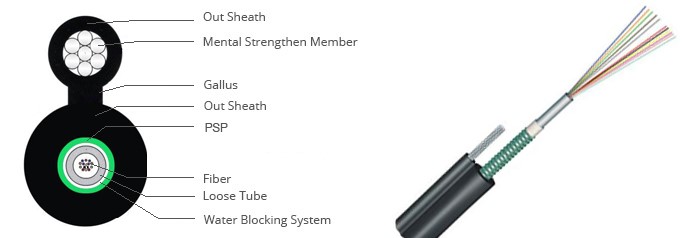
 Position :
Home
>Products
Position :
Home
>Products
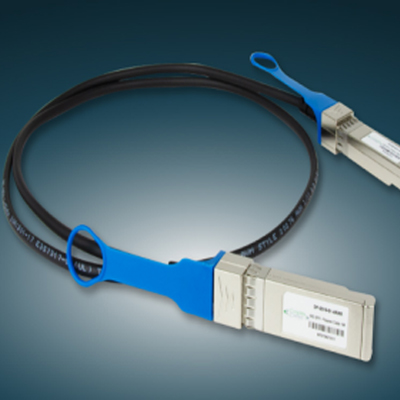
Direct Attach Cable (DAC) is used in data centers. It provid...
Learn More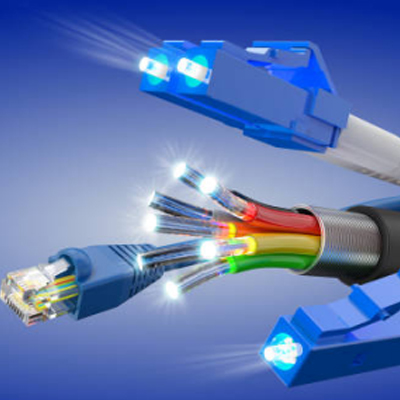
There are different types of fiber optic cable available in ...
Learn More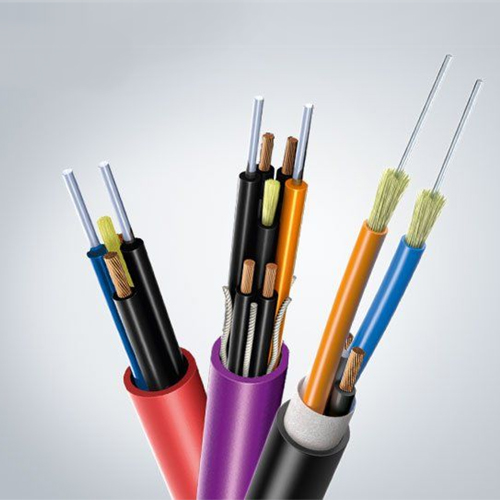
Hybrid cable integrates optical fiber and copper conductor wit...
Learn More
For many industries, businesses, and homes, video surveillance...
Learn More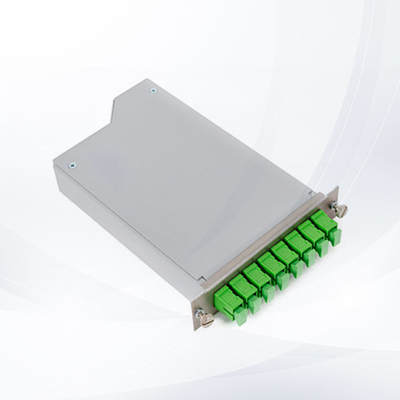
A planar waveguide circuit (PLC) splitter is a type of optic...
Learn More ics@suntelecom.cn
ics@suntelecom.cn  +86 18964888554
+86 18964888554
 Building No.145, Lane 666 Xianing Road, Jinshan Industrial Zone, Shanghai 201506, China
Building No.145, Lane 666 Xianing Road, Jinshan Industrial Zone, Shanghai 201506, China
Copyright ©1989-2025 ALL Rights Reserved
ICP (Shanghai) Number: 13005159